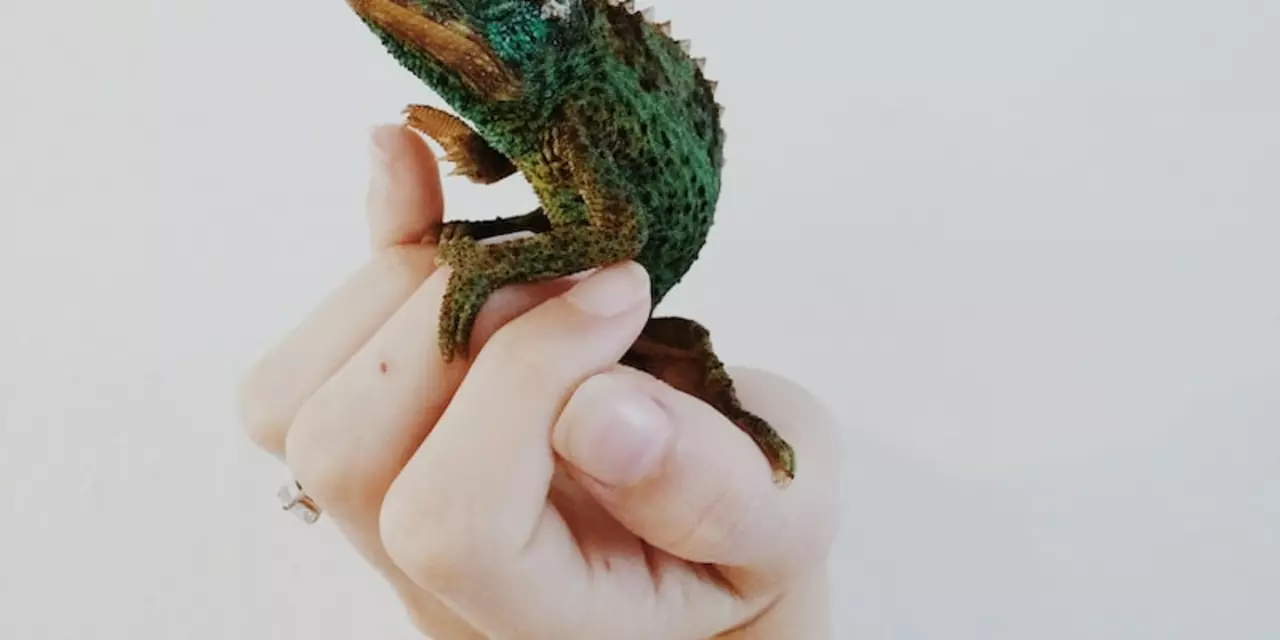Venomous Animals: What You Need to Know to Stay Safe
Venomous creatures are common in many parts of India and elsewhere. Knowing how to recognize them, what to do after a bite or sting, and how to avoid encounters can keep you safe. This guide focuses on practical steps you can use right away.
How to identify common venomous animals
Snakes: India has several venomous snakes—like the spectacled cobra, Russell's viper, kraits, and saw-scaled viper. Look for warning signs: hood displays in cobras, triangular heads in vipers, or nocturnal activity in kraits. But identification can be tricky; never handle a snake to check.
Scorpions and spiders: Scorpion stings are painful and sometimes dangerous, especially for kids and elderly people. Most spiders in India are harmless, but some can cause serious bites. If you find a scorpion or an unusual spider in your home, take a photo from a safe distance and show it to a doctor.
Other venomous creatures: Certain fish (like stonefish), jellyfish, and some insects can deliver venom. In coastal or wet areas, wear footwear and be cautious when entering the water.
What to do if you get bitten or stung
Stay calm and move away from the source. Panic increases heart rate and spreads venom faster. Remove tight clothing or jewelry near the bite site in case swelling starts.
For snakebites: Keep the affected limb immobilized and lower than the heart. Do not cut the wound, do not try to suck out venom, and do not apply a tourniquet. Transport the person to the nearest hospital quickly. If possible, photograph the snake from a safe distance to help doctors identify it—only if it’s safe to do so.
For scorpion stings and spider bites: Clean the area with soap and water. Apply a cool compress to ease pain. If symptoms like severe pain, breathing trouble, dizziness, excessive sweating, or muscle twitching appear, get medical help immediately.
For jellyfish or fish stings: Rinse with seawater (not freshwater). For some jellyfish stings, dipping the area in hot water (as hot as the person can tolerate) for 20–45 minutes reduces pain. Seek medical care if symptoms worsen or if you’re unsure.
General tips: Keep the victim warm and reassured. If breathing or heartbeat stops, begin CPR and call emergency services. Antivenom is the only specific treatment for many serious bites—timely hospital care matters.
Prevention is the best protection. Wear shoes outdoors at night in snake-prone areas, clear debris around homes, use bed nets if sleeping on the floor, shake out shoes and clothes before wearing, and teach children to avoid touching wildlife. When hiking, stick to trails and watch where you step or sit.
Being aware and prepared reduces risk. Learn basic first aid, keep emergency numbers handy, and know the location of the nearest hospital with antivenom. A bit of caution goes a long way toward keeping you and your family safe from venomous encounters.
